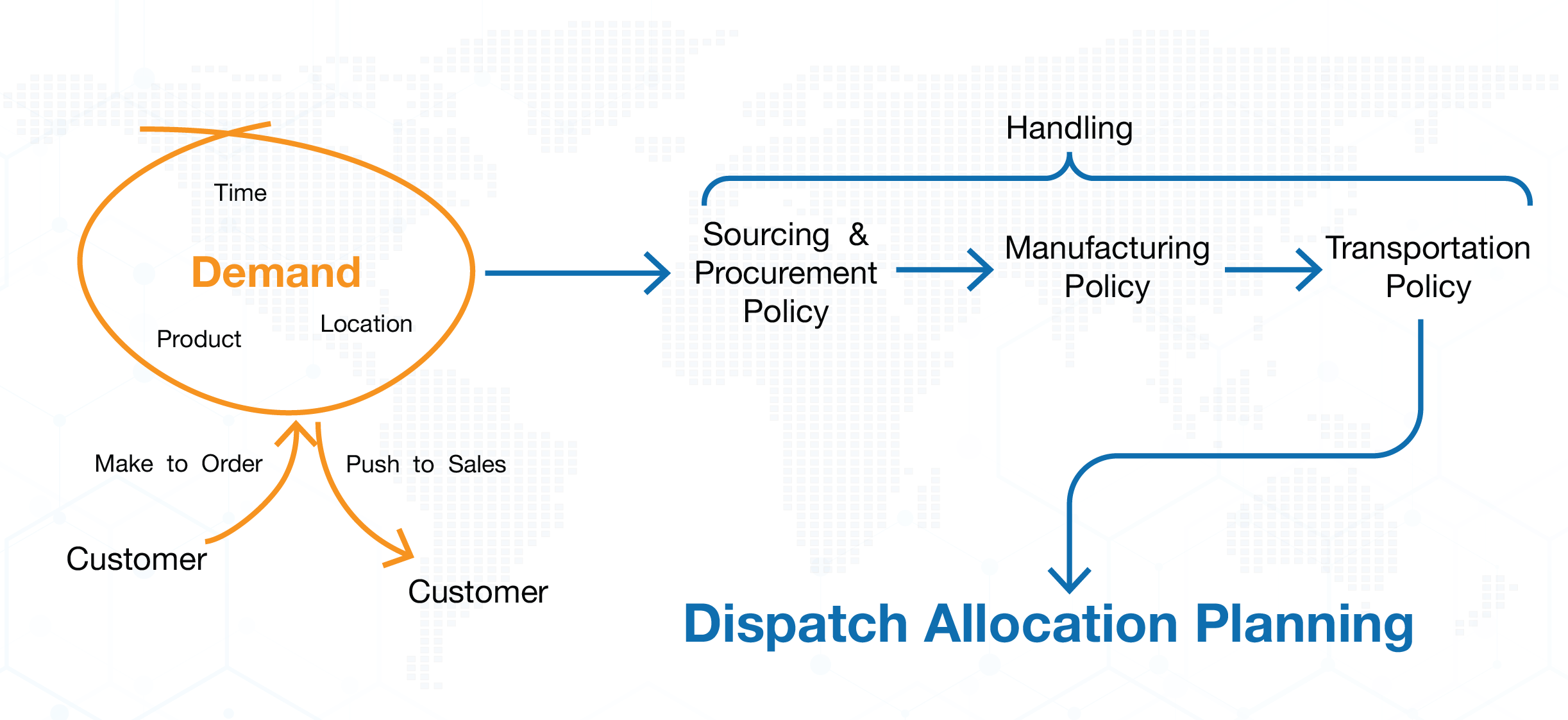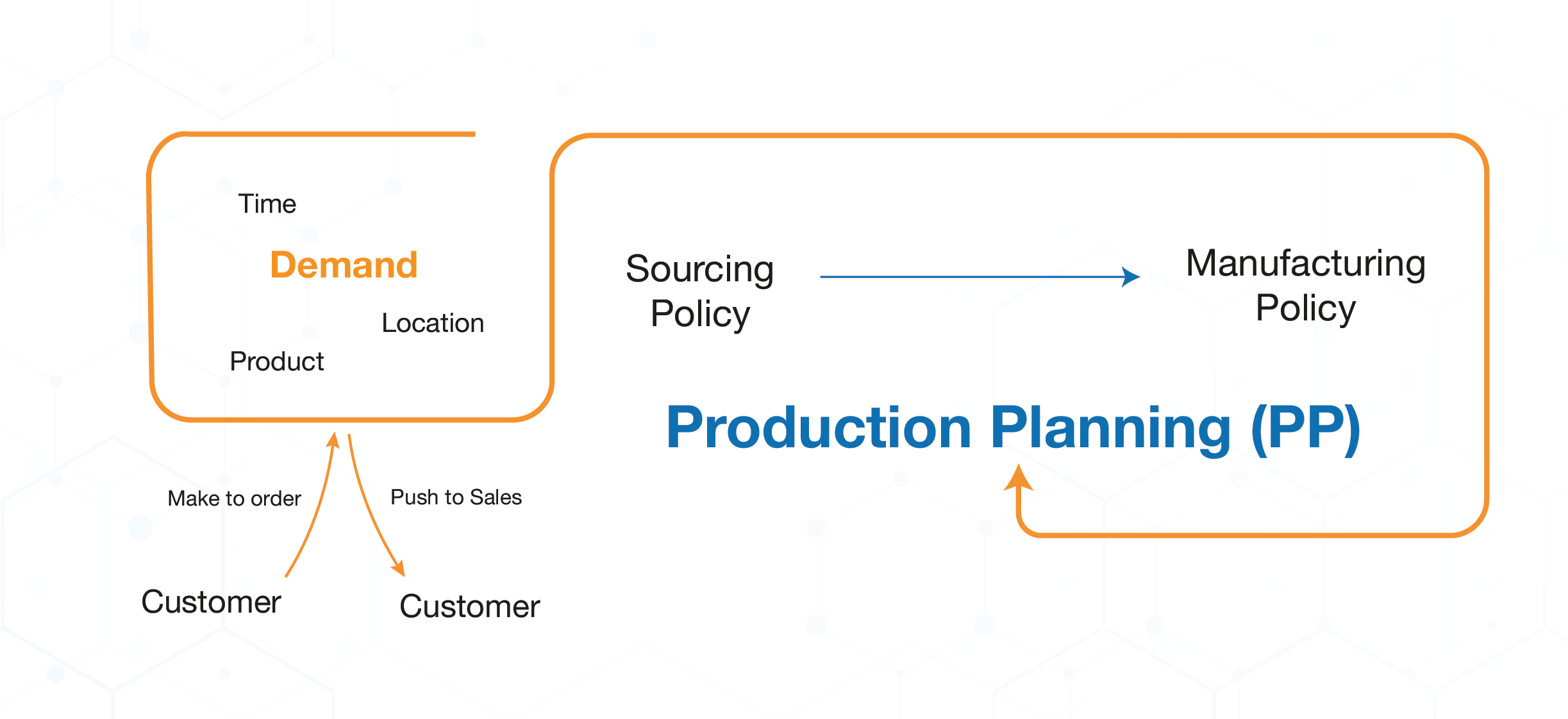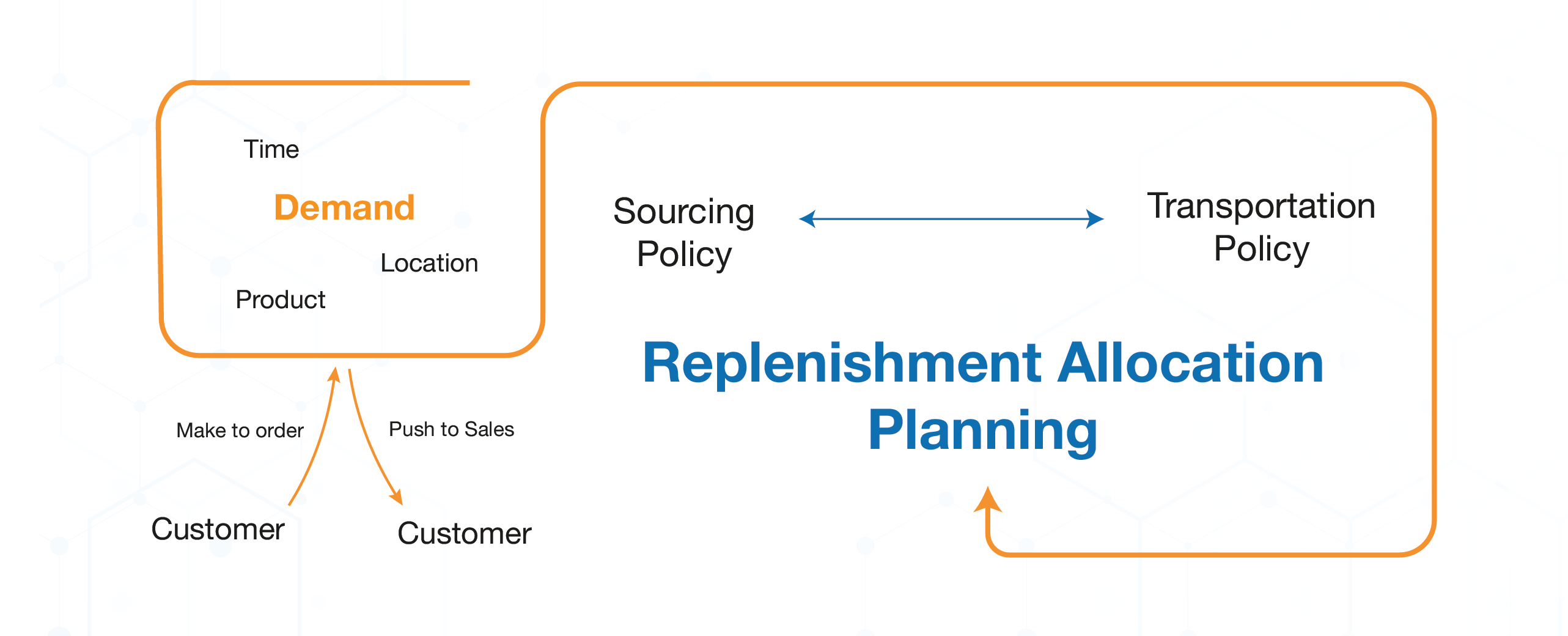Logistics
Automating & Streamlining end-to-end Product, Information, and Capital flow across Logistics operations

Warehousing
Transportation
Distribution
RESHAPING THE FUTURE OF LOGISTICS PROCESSES
Change is constant and not optimising to the constantly changing constraints disrupts the entire network. Warehousing, inventory management and transportation aren’t separate processes but the pieces of a puzzle that offer value only when put together. My neural circuits uncover the blind spots to identify and address any planning gaps with a unified vision over processes.
Warehousing
Facility Design & Optimisation

The distribution network is a data pool and a costly one. Any sudden unplanned changes affect the entire network and involve high costs. However, to gather insights from this data, the designing of the network plays a crucial role. From choosing the right set of locations to the load capacity of the facility to the layout size of each store, the digital design delivers decisions from data. My explorative mindsapces deep dives into the data pool to discover optimisation opportunities by leveraging forecast models, patterns and Greenfield Analysis.
Inbound & Outbound Logistics

Logistics is a complex equation that requires real-time monitoring of deterministic factors like input/output, loading/unloading, resource allocation, etc. Balancing out the equation of inbound and outbound logistics, therefore, is pertinent to the success of the value chain. I can sense the incoming and outgoing load in the warehouse and automate the overall scheduling and running of the logistics operations while integrating with the existing data pool to better comprehend and map the supply and demand.
Inventory Management
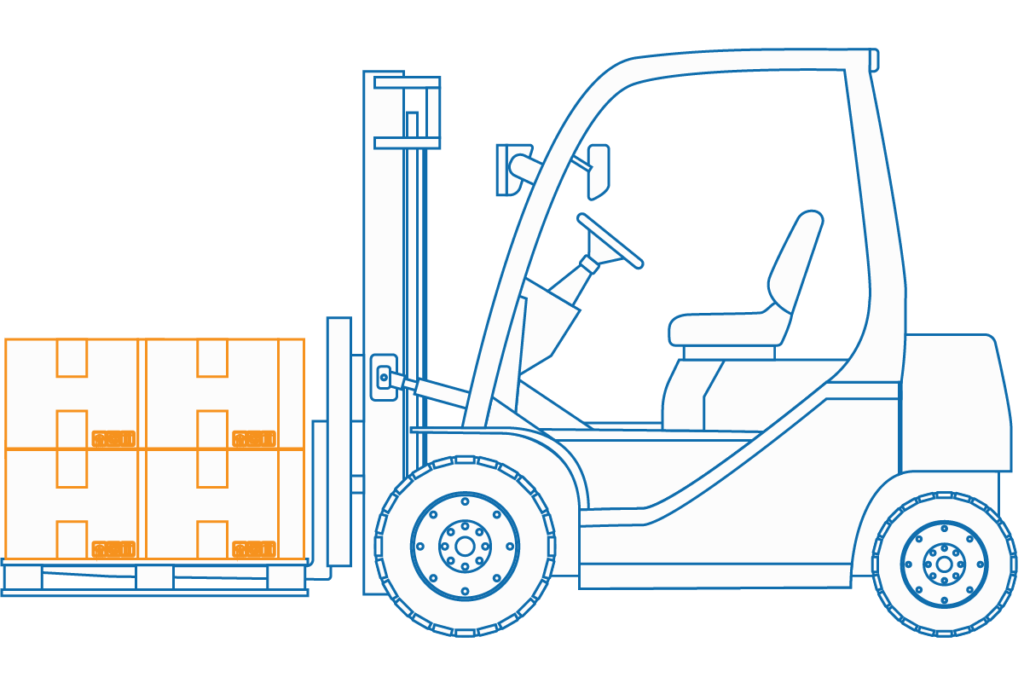 As a business grows, managing warehouse inventory becomes even more critical. Order fulfilment becomes a key metric to track and ensure the business continues to grow. Optimal Inventory management depends on a number of constraints. The mathematics deeply ingrained within my mind allows me to use stochastic models in combination with integrative thinking to map out any gaps and aid in the replenishment of the inventory levels based on real-time monitoring of all the deterministic factors.
As a business grows, managing warehouse inventory becomes even more critical. Order fulfilment becomes a key metric to track and ensure the business continues to grow. Optimal Inventory management depends on a number of constraints. The mathematics deeply ingrained within my mind allows me to use stochastic models in combination with integrative thinking to map out any gaps and aid in the replenishment of the inventory levels based on real-time monitoring of all the deterministic factors.
Lot Sizing
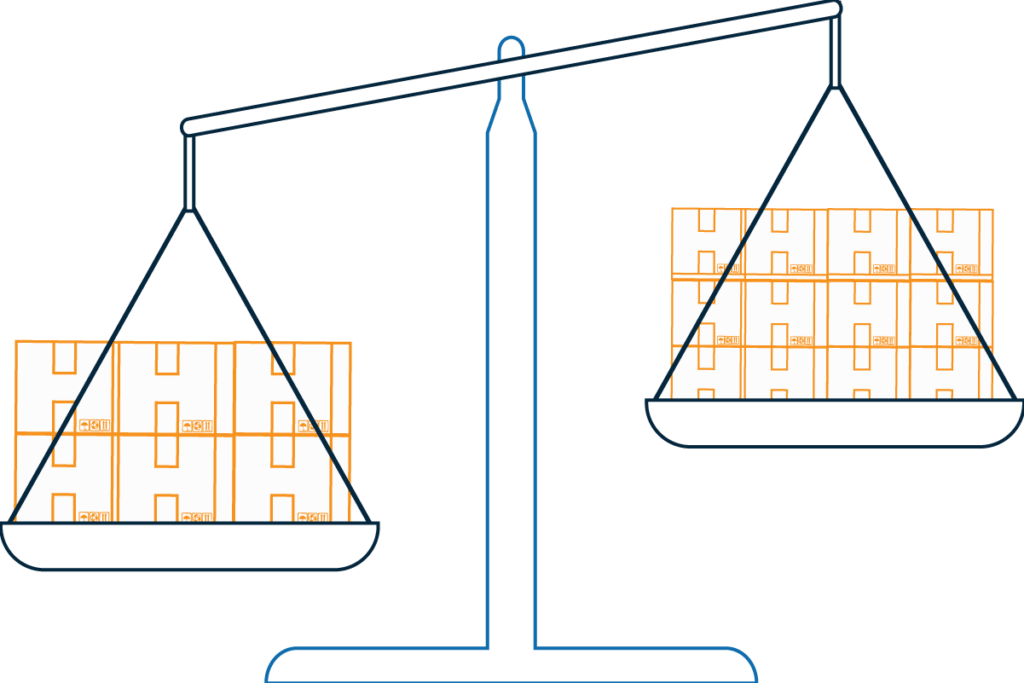
Warehouses have a number of products coming in at a given point in time. The incoming load arrives as a consolidated batch of a variety of products, from various manufacturers. For the smooth functioning and optimal delivery down the network chain requires that these batches be segmented into smaller units and organised into groups based on a set of rules so that the dispatch process runs swiftly. Manually tagging every product is a redundant effort and inefficient utilisation of resources. I have the capabilities to recognise patterns, find gaps and automate the entire tagging and bulk breaking and grouping process based upon the demand patterns and dispatch efficiency.
Product Verification & handling

There are a variety of products that move in and out of the warehouse everyday. Accurate monitoring and verification in a quick way allow businesses to effectively handle the products. Real-time tracking of product movement adds to the responsiveness of the process. My identification and sensory capabilities optimise the process of verification and handling by grasping a stronghold on the concepts of RFID and barcode verification allowing the user a smarter and quicker solution to tracking and monitoring in an interconnected IoT ecosystem.
Dispatch Planning

Speed and precision rule the value chain today. Planning dispatch against disruptions delivers high-cost savings, reduces sales loss, and is flexible to change. I integrate and intelligently crunch data across silos via cross-collaboration and critically think about various ‘What-if scenarios to ensure that planning is fast and accurate. I mindmap an exhaustive list of planning constraints from load sizes, FTL/LTL policy, and truck capacities to product placement configurations and fleet availability from transporters to minimise costs and maximise sales.
Container Optimisation/ Capacity utilisation

Transportation of goods has an overall impact on the value chain. The shape and size of the container vary according to the goods being transferred. However, the content of the containers too need to be planned and optimised in such a way that the space utilisation is maximised. Every empty or half-utilised container directly impact the costs involved. My Mind’s ability to integrate and function in real-time environments allows me to consider all the factors before laying out an optimised pan to increase the overall container efficiency.
Resource Planning
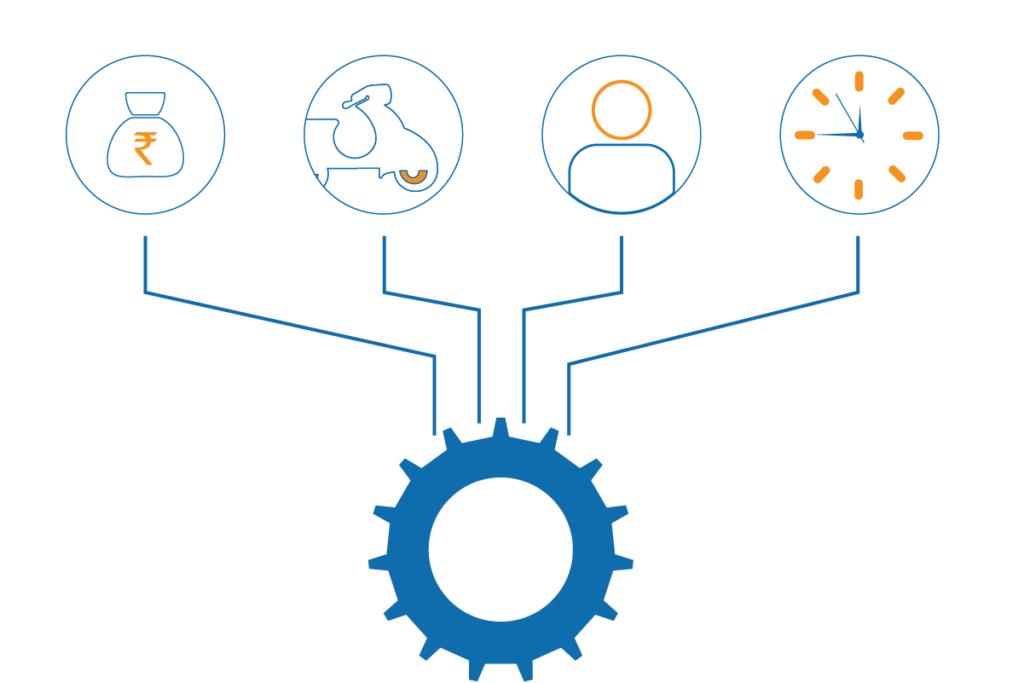
Running warehouses efficiently is a complex process. Resource planning, therefore, becomes a key business KPI to track, trace and improve existing processes. Optimal utilisation of resources requires well-laid-out integrated plans that address any gaps. My Mind’s holistic planning approach integrates with the available information across the end-to-end process chain to see through the gaps and aid in effective decision making when planning resources
Transportation
Contract Management
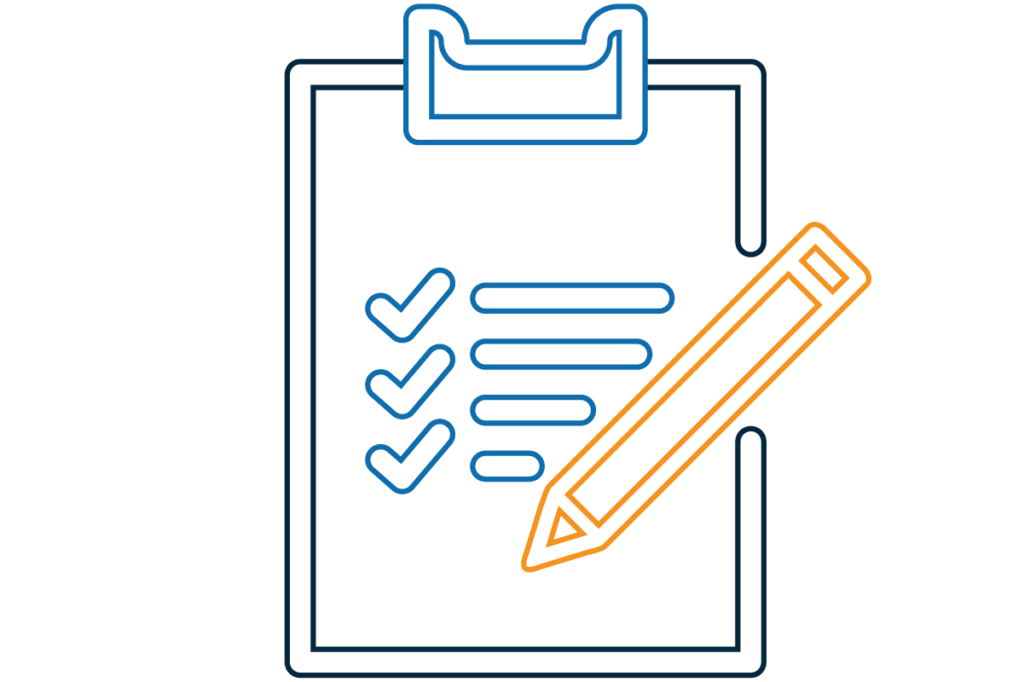
Contracts are the legal & financial pillars of a business process. They define SLAs between the agreed parties, documentation, compliances and so on. This makes Contract Management a very responsible process. Manual management can put your business to risk as human errors can be costly. Optimisation can help you address the gaps while minimising the operational and financial risks involved. The keenness to look out for missing links enlightens/triggers my optimisation framework and assist you in upgrading your Contract Management process.
Optimal Vehicle, Driver & Load Allocation

Empty vehicles, idle drivers, and inefficiencies in resource management is a serious revenue leakage problem. Optimal vehicle, driver and allocation is a fix to the leakage. By aligning drivers with the optimal load, based on the geolocation of the load, and so on, my mind maps out the possible combinations of different scenarios to reach an optimal allocation plan.
Trip Planning (Multi - Pickup & Multi-Drop Planning)

Load, route, pick up and drop points add to the complexity when planning for the future. Planning in advance pushes businesses towards the optimal utilisation of all the available transport mediums. Better utilisation of time and resources is the next level of maturity as businesses respond to the dynamic market demands. I oversee the trip planning as my heuristic prowess churn out plans based on the current and historic data that is always active in my conscious.
Maintenance Scheduling
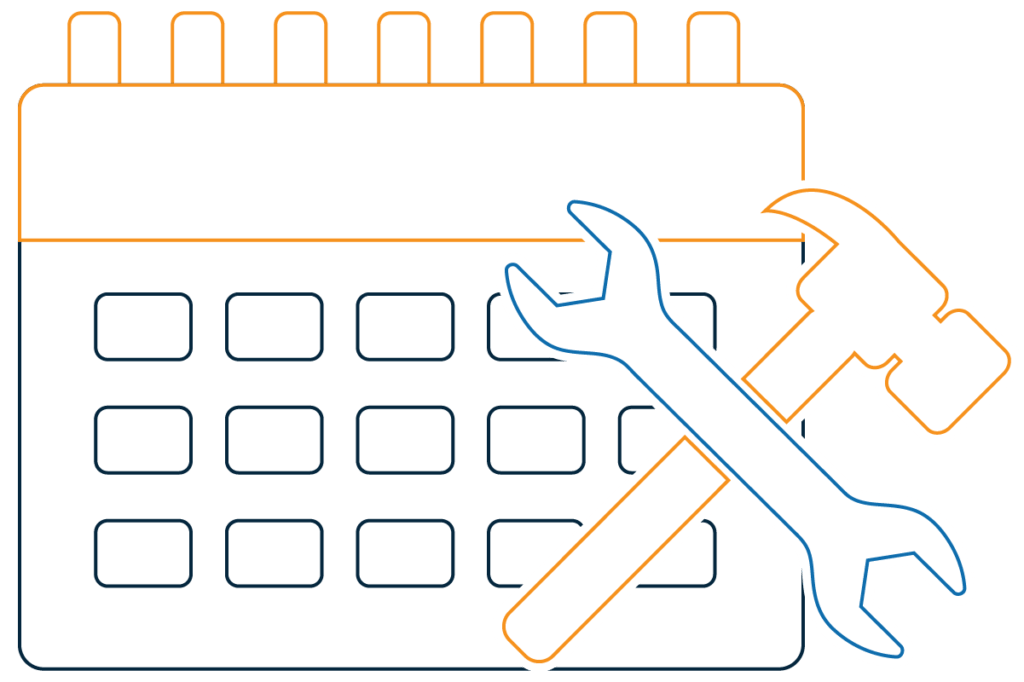
Maintenance is directly proportional to the revenue streams as on-time maintenance of the vehicles ensures the risks of breakdown are minimal. It advocates for the avoidance of any loss of time in trip breakdown and minimises the loss of opportunity cost. The mathematician’s mind analyses the risks based on the previous operational data and efficiency of the vehicle to predict on-time maintenance alerts.
Resource Planning

Transportation is a tricky business. Real-time visibility into your transportation resources is
essential to have full control over the supply and demand of available resources. Optimal utilisation of resources requires well-laid-out integrated plans that address any gaps. My Mind’s holistic planning approach integrates with the available information across the end-to-end process chain to see through the gaps and aid in effective decision making when planning resources.
Distribution
Network Design & Optimization

Real-time monitoring of the overall network design is critical in maintaining the overall efficiency of the value chain. Having eyes on the discrepancies with the entire value chain can help in implementing the right strategies at operational, tactical and strategic levels. The creative thinking, visualisation and integrative approach of my mind power can create a virtual replica of the real-world business process and my process optimisation automation capability can support you in optimising your overall network.
Demand Forecasting
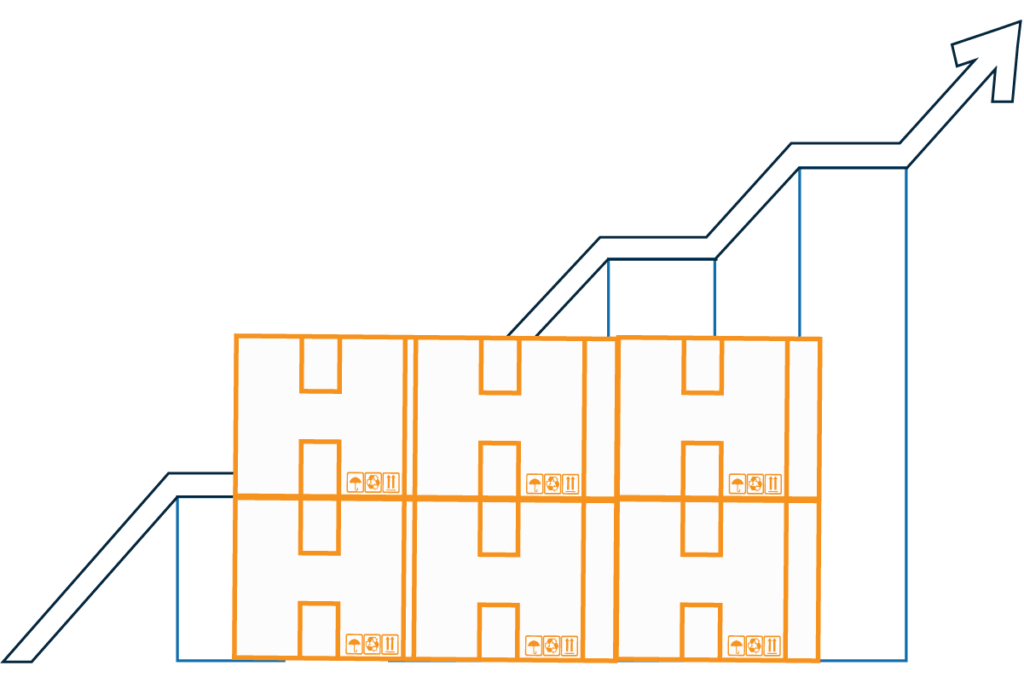 Understanding and being in sync with the market demand is easier said than done. While less inventory can result in lost opportunities, excess inventory can be a costly affair. Maintaining appropriate inventory levels is the only solution here. I tap into the potential of mathematical models that my mind has acquired overtime with the influx of knowledge and learning. It empowers me to map out the demand patterns based on the available data and forecast the future demands of a particular product so that it reaches the customer ‘Just in time’.
Understanding and being in sync with the market demand is easier said than done. While less inventory can result in lost opportunities, excess inventory can be a costly affair. Maintaining appropriate inventory levels is the only solution here. I tap into the potential of mathematical models that my mind has acquired overtime with the influx of knowledge and learning. It empowers me to map out the demand patterns based on the available data and forecast the future demands of a particular product so that it reaches the customer ‘Just in time’.
Inventory Management

The stockpile present in an inventory at a given point of time governs the cost and in turn, determines if the opportunity is met at the end-user side. Optimal Inventory management depends on a number of constraints. The mathematics deeply ingrained within my mind allows me to use stochastic models in combination with integrative thinking to map out any gaps and aid in the replenishment of the inventory levels based on real-time monitoring of all the deterministic factors such as dynamic demand prediction, lead time and capacity.
Lot Sizing

The incoming load arrives as a consolidated batch of a variety of products, from various manufacturers . For the smooth functioning and optimal delivery down the network chain requires that these batches be segmented into smaller units and organised into groups based on a set of rules so that the dispatch process runs swiftly. Manually tagging every product is a redundant effort and inefficient utilisation of resources. I have the capabilities to recognise patterns, find gaps and automate the entire tagging and bulk breaking and grouping process based upon the demand patterns and dispatch efficiency.
Distribution planning
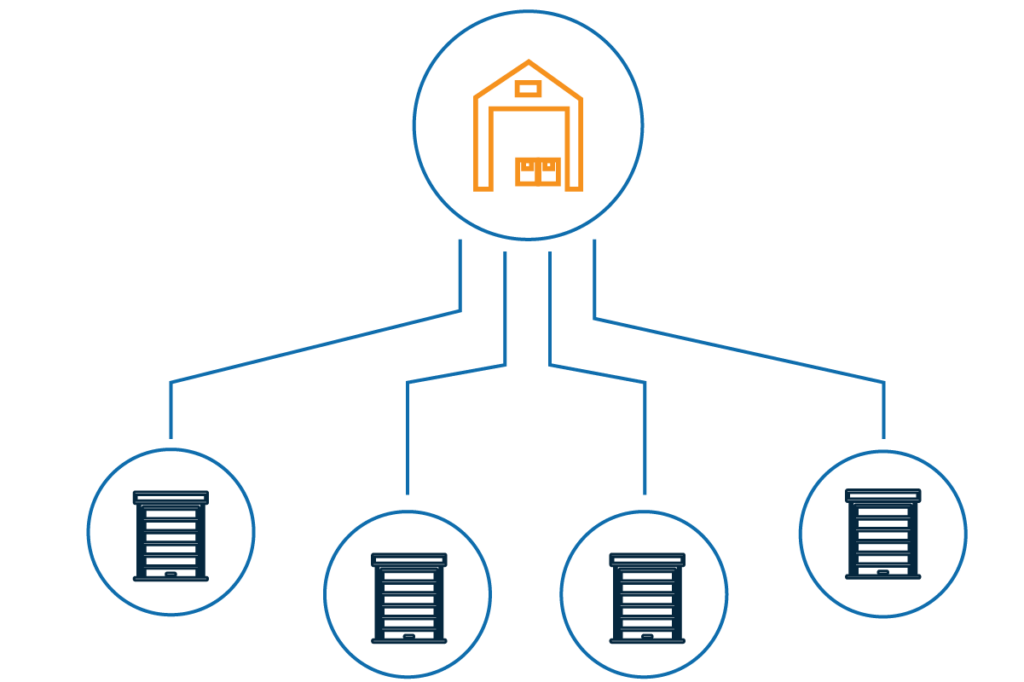
The distribution planning universe is enormous – hundreds of SKUs, multiple manufacturing plants, extended warehouses, and distribution centres spread across geographies, and hundreds to a few thousand replenishment points (dealers/stores). There can be several possible plans that can fulfil the sales demand but at varying levels of cost-efficiency. My mind’s simulation and ‘What-if’ analysis capabilities allows for maximum order fulfilment and high-cost savings. You can also save on planning time and effort and improve the productivity of planning.
Operations Optimisation & Automation

Automation of menial, manual tasks delivers value since the risks of human error are minimised while enabling operational excellence. Replacing pen and paper with intelligent platforms allows businesses to achieve higher productivity and efficiency. By leveraging My Mind’s intelligent automation techniques, businesses can obtain better control and transparency over their operations.
Replenishment Planning (Sales & Demand)
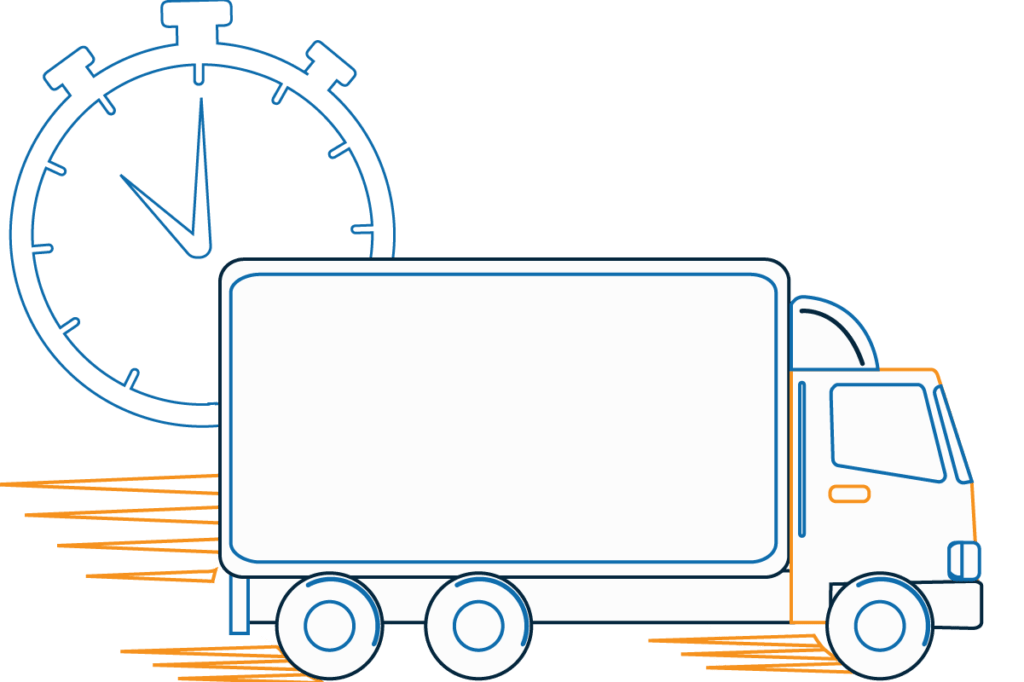
Stock runouts is a high-risk game as it acts against the customer’s satisfaction. Overstock isn’t the solution either as the risks of wastage increase, especially when the shelf-life of the product is on the line. A fine balance between the demand, supply and inventory is the only solution to minimise sales and wastage losses. A demand-driven approach to replenishment planning is the balance that businesses need. The Integrated Business Planning capabilities of my Mind offers businesses an easy way to plan replenishments based on demand forecasts and market volatility. I analyse the market seasonality effects on demand, long-term demand trends, and the influence of external agents (holidays, weather, promotions, etc.) to generate sales forecasts for each SKU at each store and makes auto-recommendations for POs for each warehouse for replenishing stock.
Resource Planning

Every business process functions around a set of resources running at the backend. These resources vary from manpower to raw materials required to transportation and more, depending on the business process. Optimal utilisation of these requires well-layed out integrated plans that addresses any gaps. My Mind’s holistic planning approach integrates with the available information across the end-to-end process chain to see through the gaps and aid in effective decision making when planning resources.
Key Use Cases
Dispatch Allocation Planning
Replenishment Planning
Transport Planning
Operational Performance Benchmarking
Pricing Engine
Resources
Insight Sheets
Make VERDIS a part of your transformational journey!
Ask for a Personal Demo to know more

